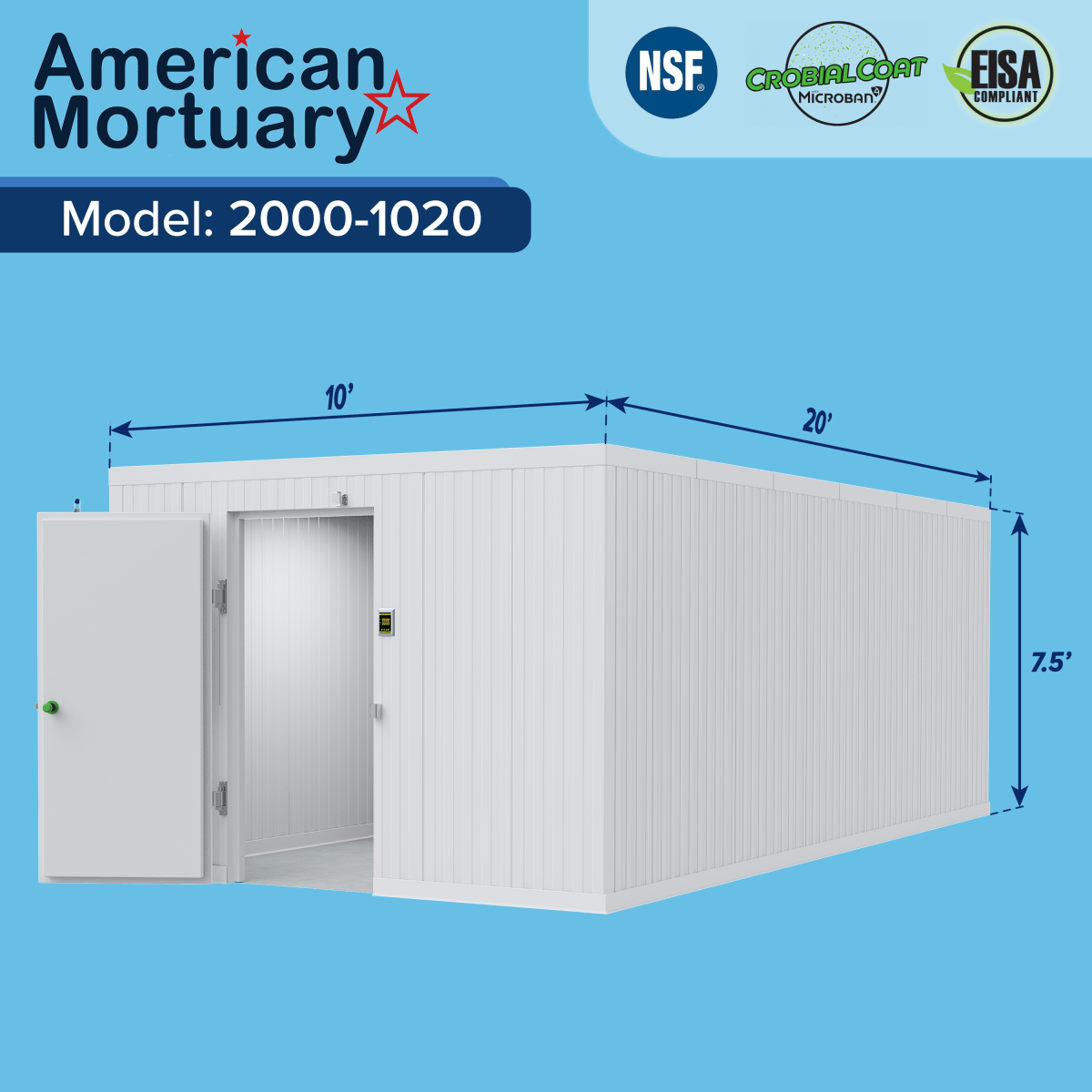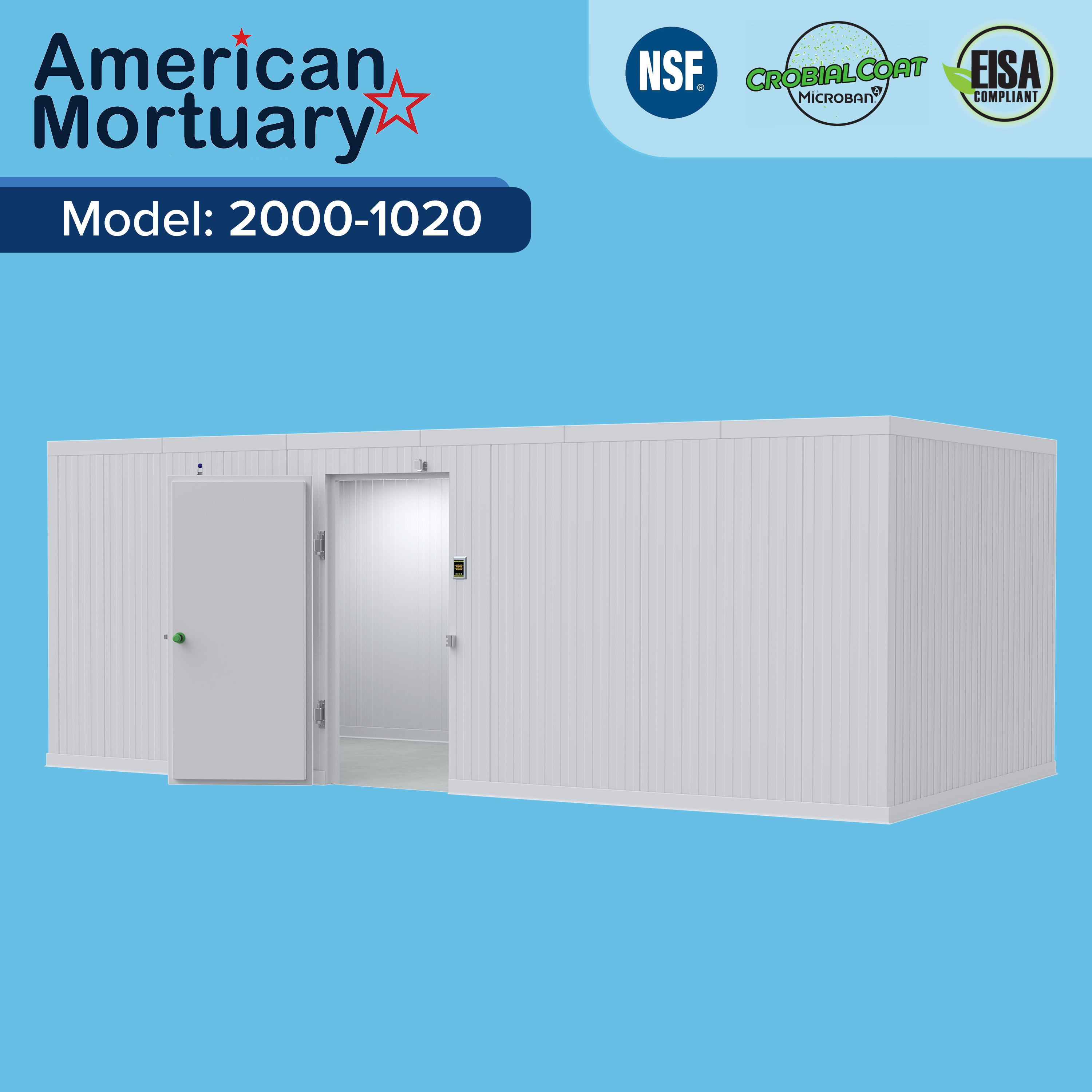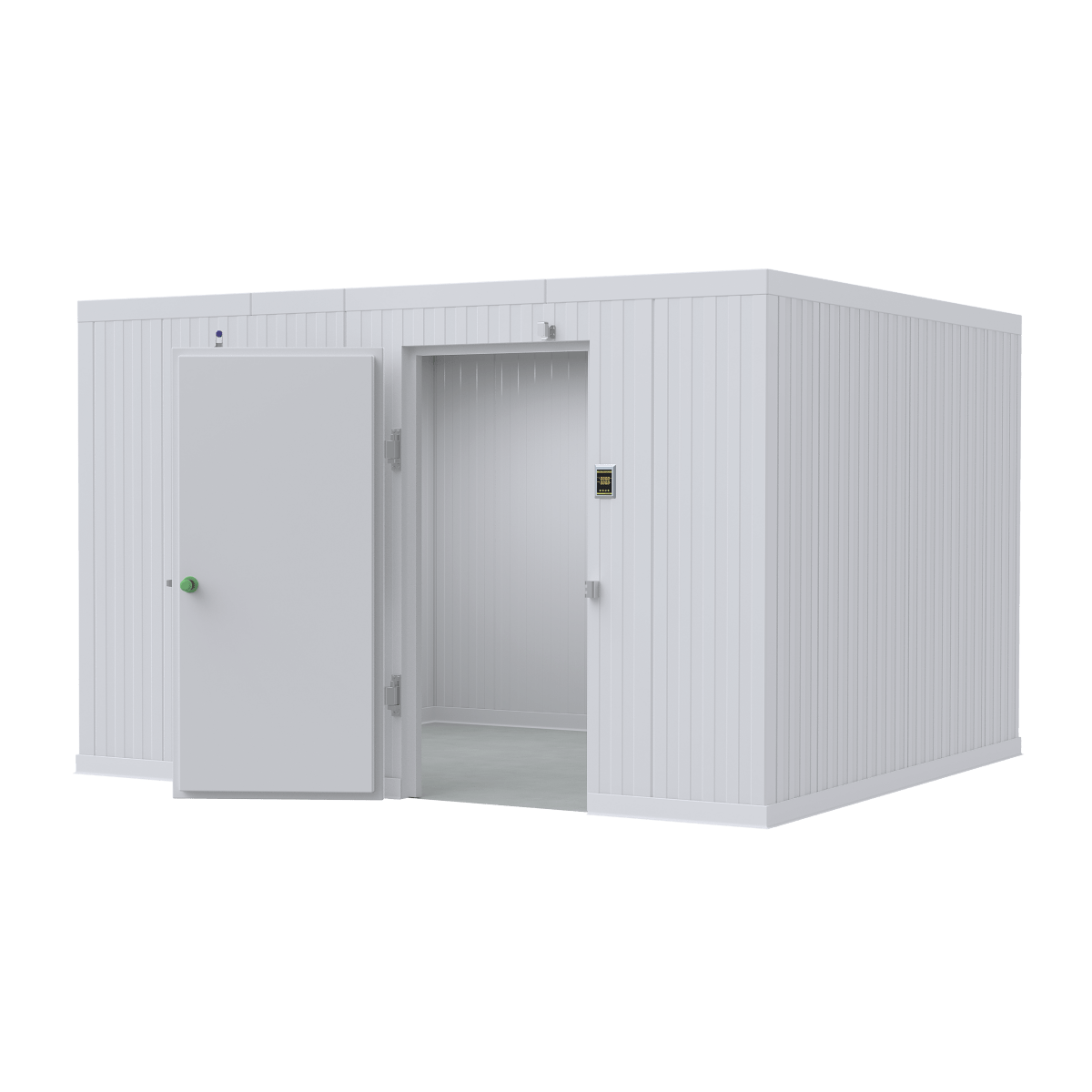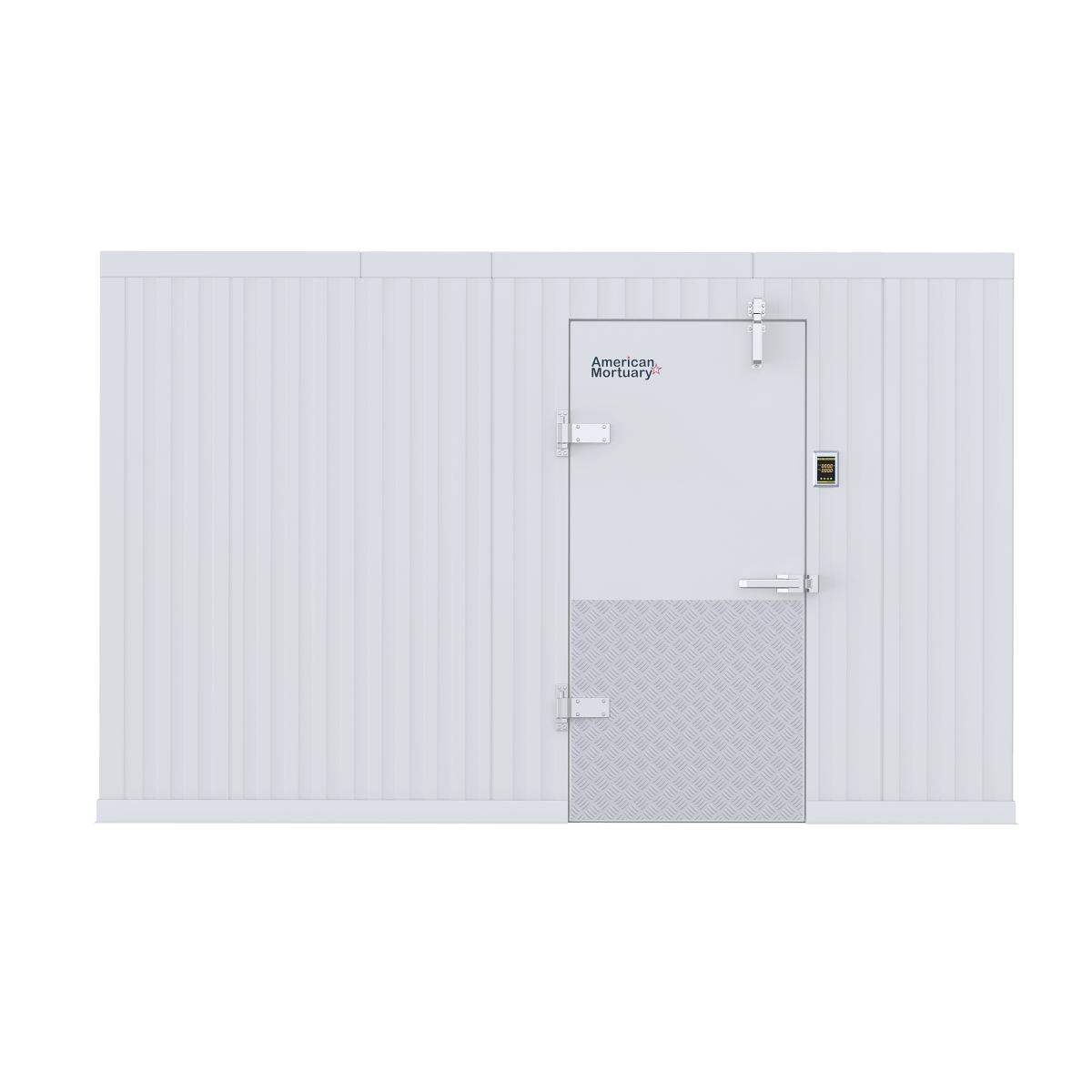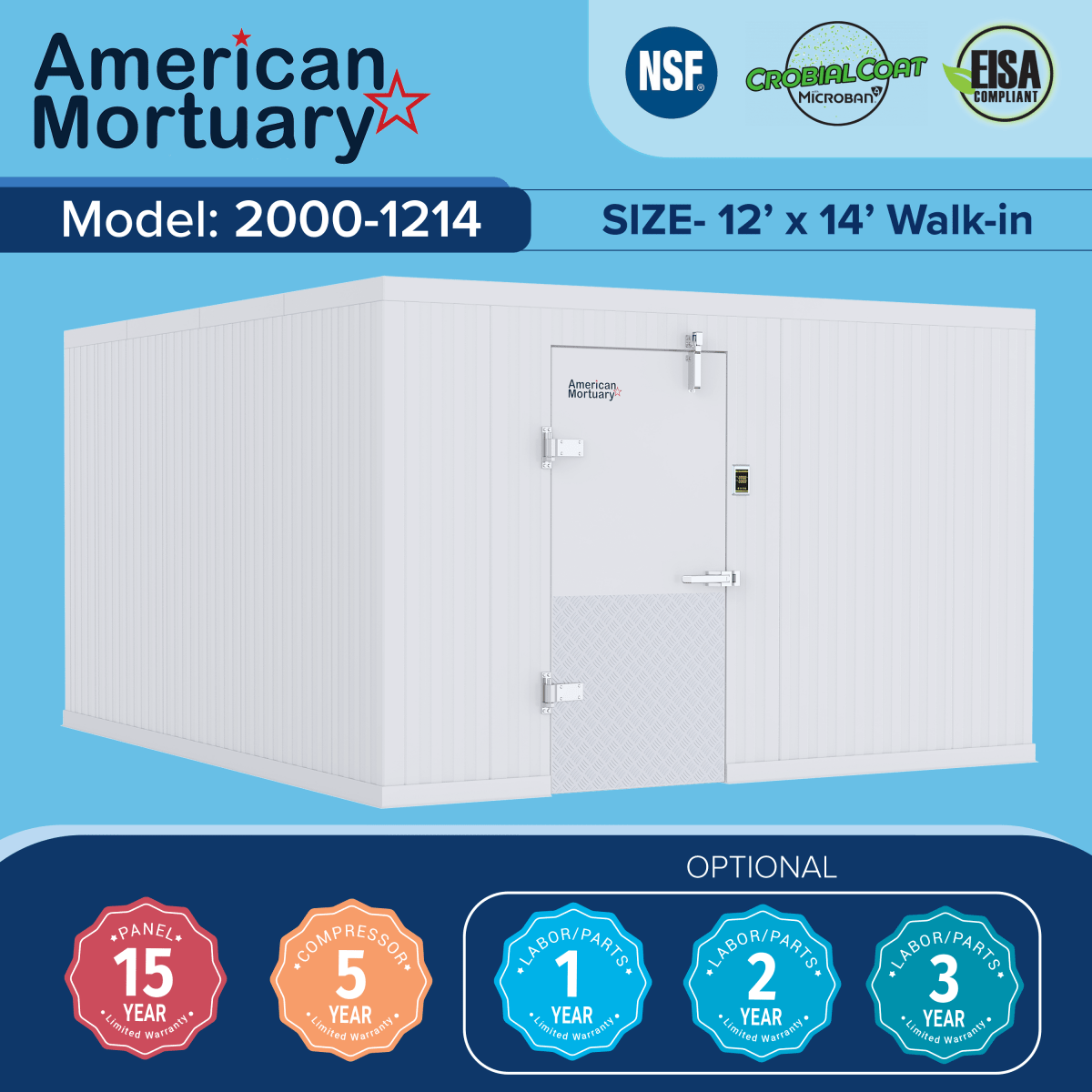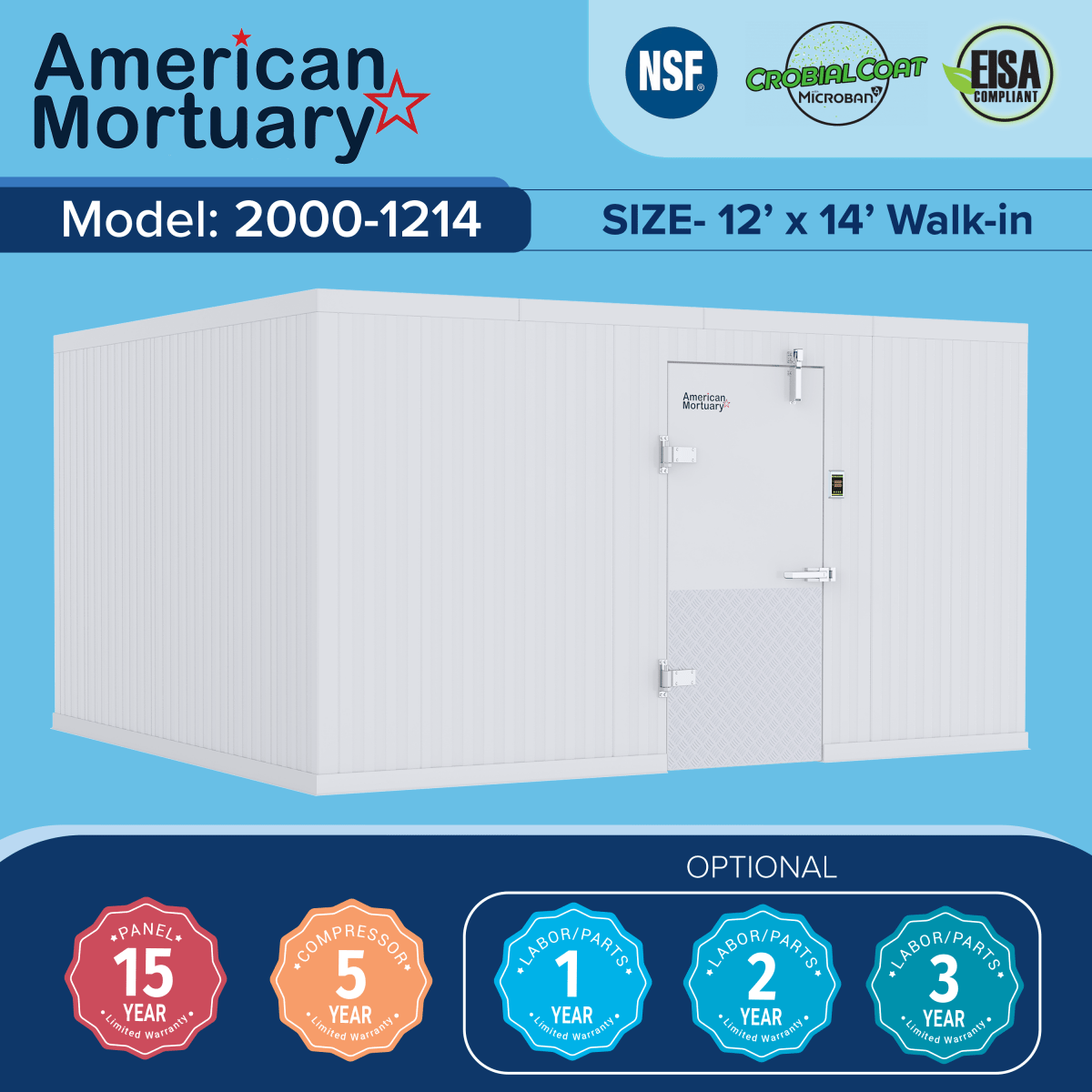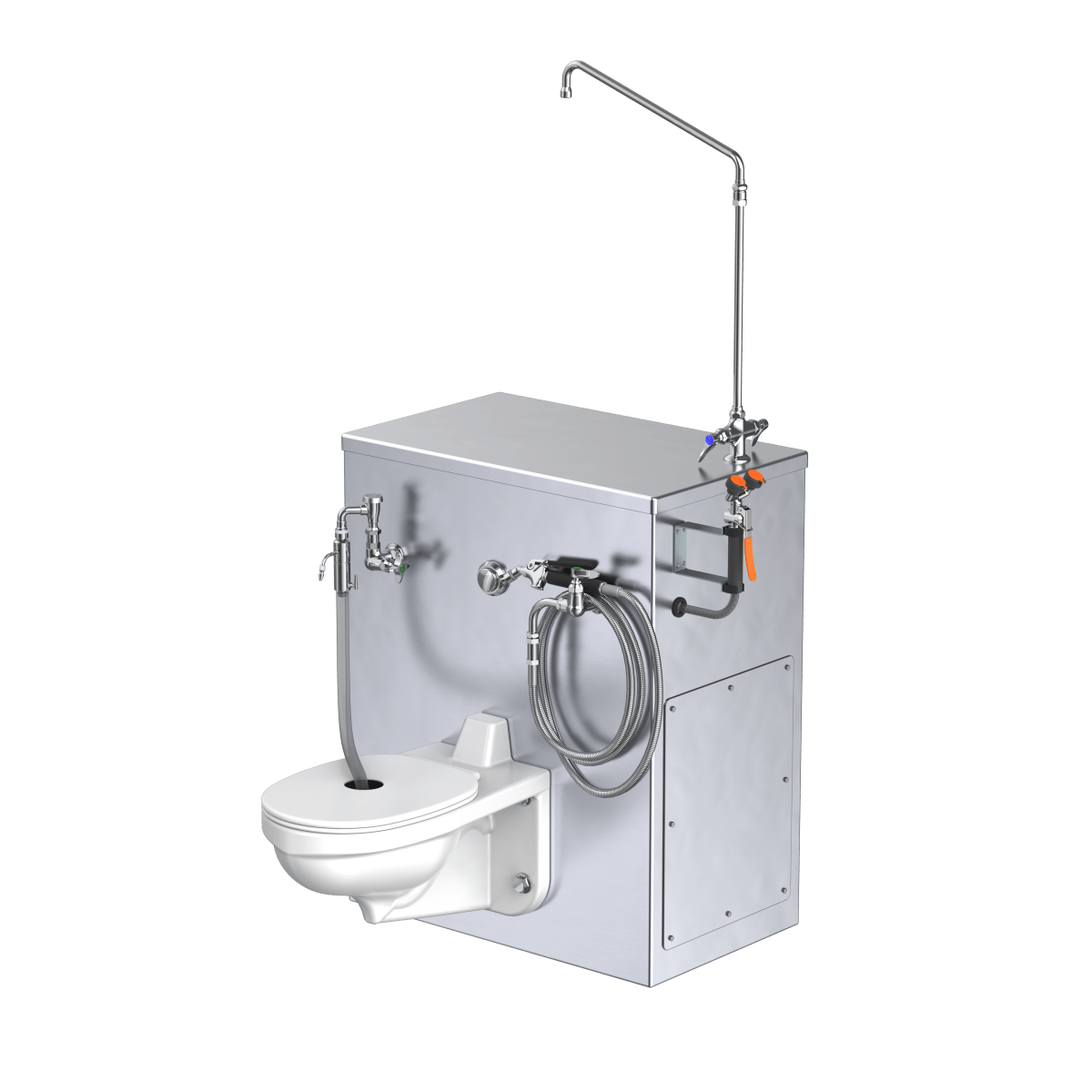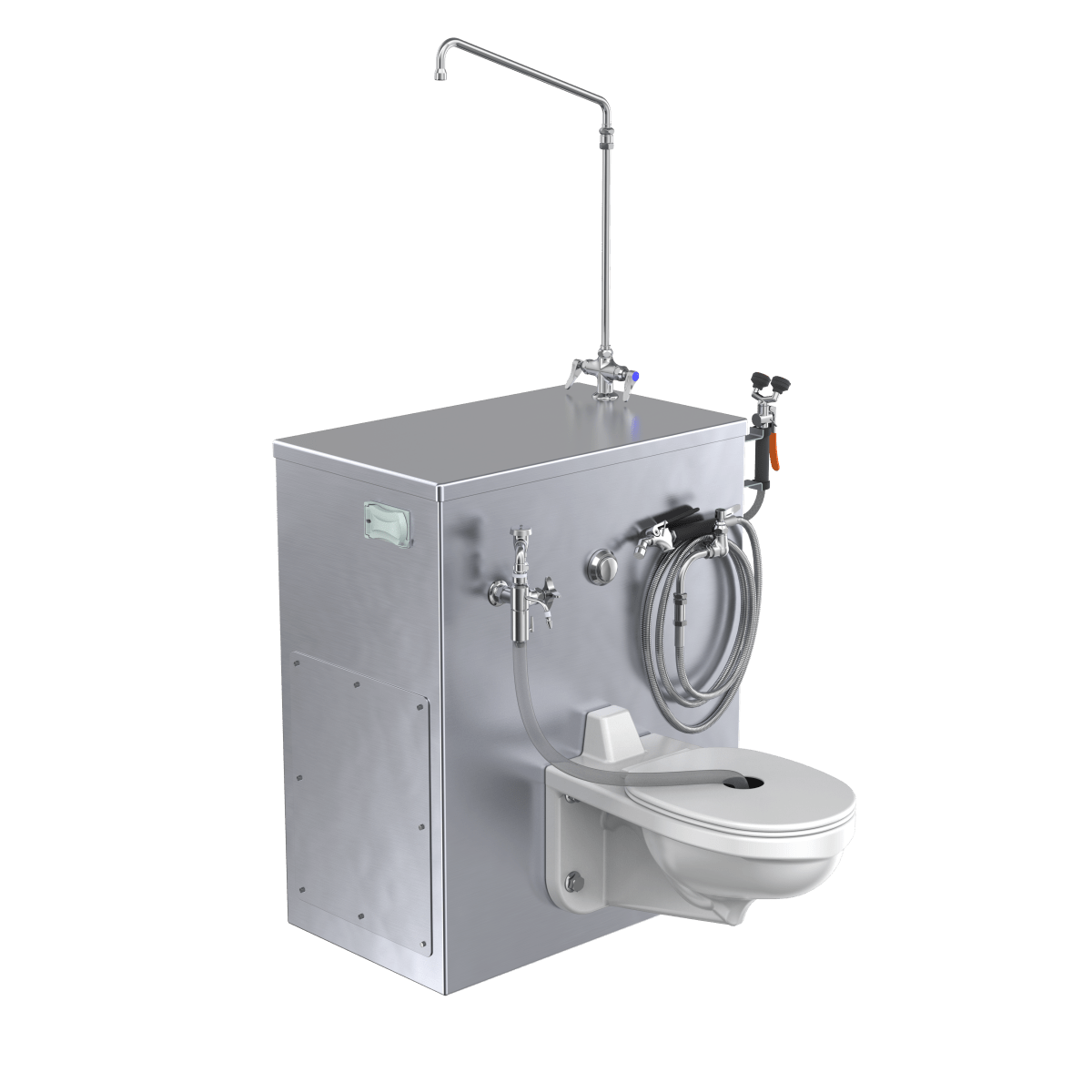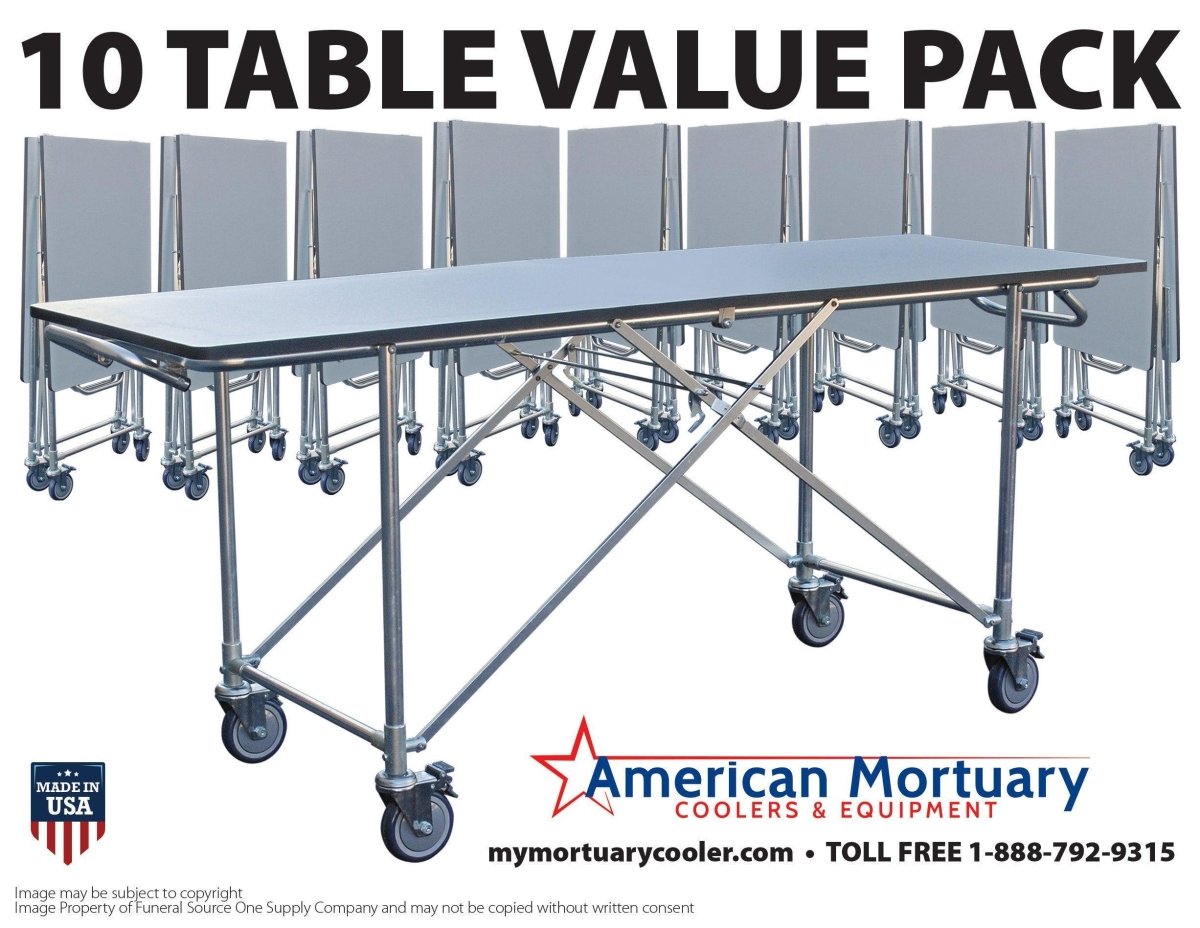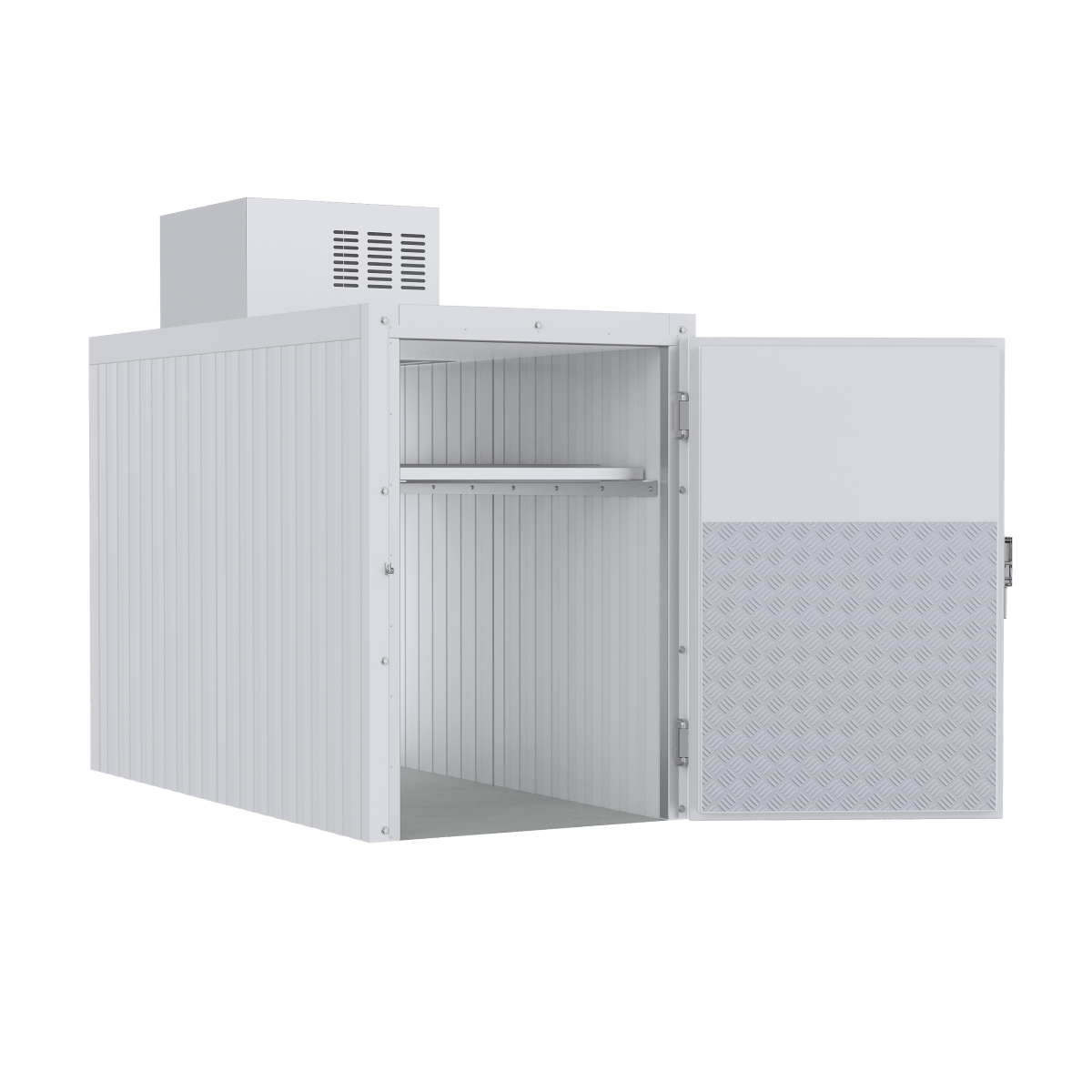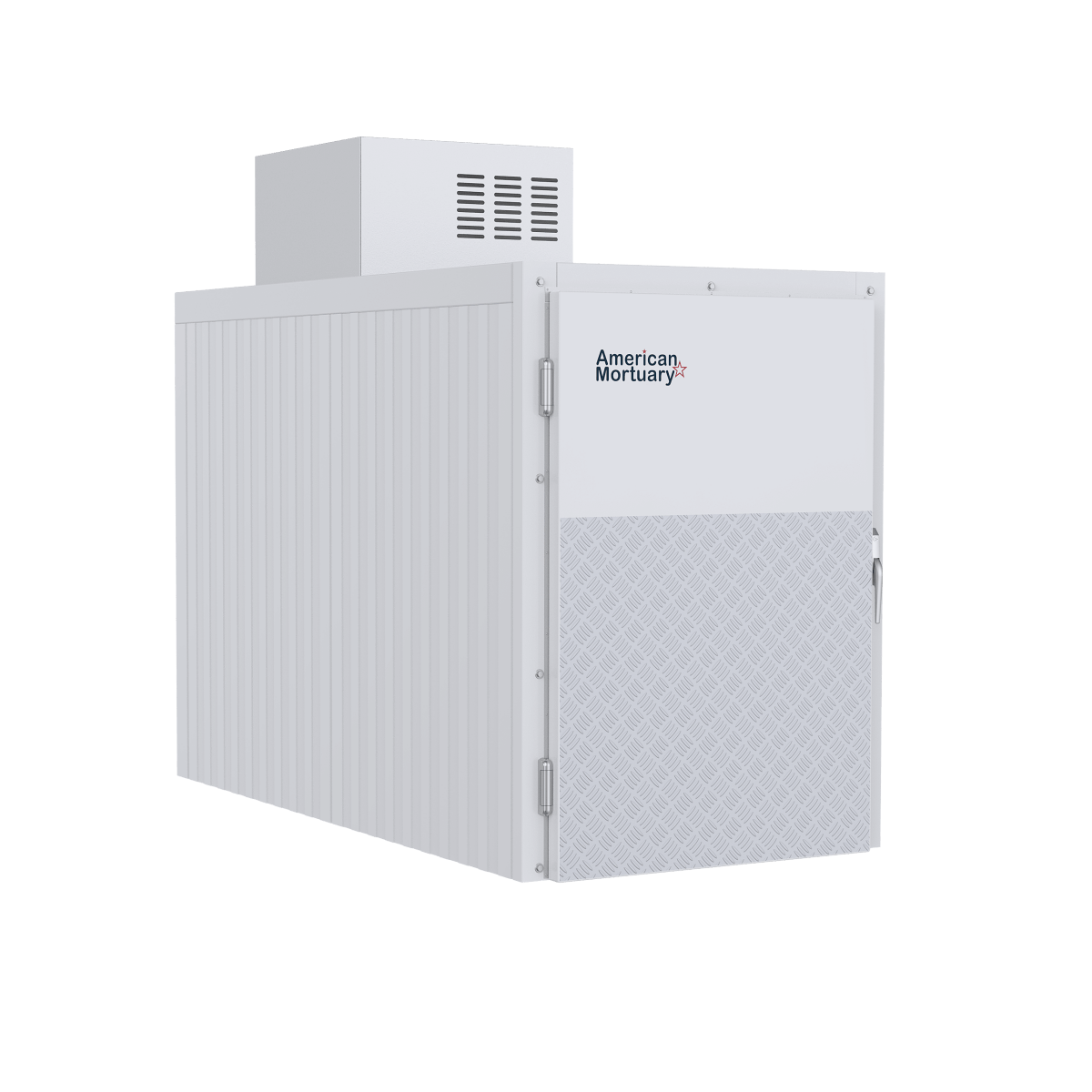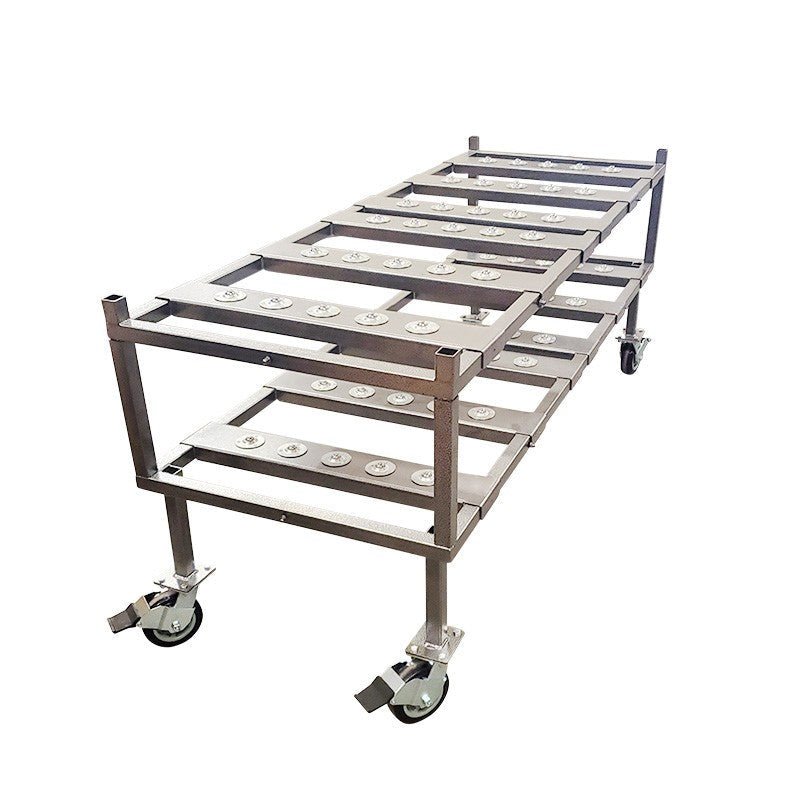Safety Protocols for Using Morgue Freezers
Morgue freezers play a crucial role in preserving the dignity and condition of the deceased until burial or cremation. However, operating these specialized freezers involves specific safety protocols to ensure the well-being of both the staff and the environment. Understanding how to use a morgue fridge or mortuary freezer safely is essential for any facility handling deceased individuals.
Understanding Morgue Freezers
A morgue freezer, also known as a mortuary fridge or funeral home freezer, is designed to store bodies at low temperatures to slow down decomposition. These units are essential for hospitals, funeral homes, and medical examiners’ offices.
Types of Morgue Freezers
There are different types of morgue freezers, each serving specific needs:
- Single-Body Freezers: Ideal for small facilities or when only a few bodies need storage.
- Multiple-Body Freezers: Used in larger facilities to store several bodies simultaneously.
- Walk-in Freezers: These are large units that allow personnel to enter, offering more space and flexibility.
Safety Protocols for Operating Morgue Freezers
Operating a mortuary freezer requires adherence to strict safety protocols. These guidelines ensure safety for staff, visitors, and the general environment.
Personal Protective Equipment (PPE)
Wearing the appropriate personal protective equipment (PPE) is vital for anyone handling or operating a morgue freezer. Required PPE typically includes:
- Gloves: To protect hands from cold temperatures and potential biohazards.
- Masks: To prevent inhalation of any harmful substances.
- Gowns or Aprons: To protect clothing from contamination.
- Footwear: Closed-toe, non-slip shoes to prevent accidents on potentially wet floors.
Proper Handling of Bodies
When handling bodies, it's essential to follow specific protocols to maintain respect and safety:
- Always use stretchers or gurneys to transport bodies to and from the freezer.
- Ensure the body is properly labeled with identification tags to avoid any mix-ups.
- Utilize body bags when necessary to prevent exposure and contamination.
Temperature Monitoring
Monitoring the temperature of a morgue freezer is critical to maintaining the integrity of the stored bodies:
- Set the temperature between 2°C and 4°C (35°F to 39°F) for optimal preservation.
- Use reliable thermometers and check them regularly to ensure consistent temperature.
- Install alarms to alert staff if the temperature falls outside the safe range.
Maintenance and Hygiene
Proper maintenance and hygiene are key components of safe morgue freezer operations.
Regular Cleaning
Regular cleaning prevents the buildup of bacteria and ensures a hygienic environment:
- Clean the interior of the freezer with appropriate disinfectants at least once a week.
- Ensure all surfaces are thoroughly dried to prevent ice formation and slipping hazards.
- Dispose of any waste material according to local regulations.
Regular Maintenance Checks
Routine maintenance checks help avoid malfunctions and prolong the life of the equipment:
- Inspect gaskets and seals for wear and tear to maintain efficient operation.
- Check for any unusual noises or signs of mechanical failure.
- Schedule professional servicing annually or as recommended by the manufacturer.
Emergency Protocols
Having clear emergency protocols in place is essential to address any unforeseen issues promptly.
Power Outage Procedures
A power outage can compromise the freezer’s ability to preserve bodies:
- Have a backup generator ready to ensure continuous power supply.
- Prioritize moving bodies to an alternative storage facility if the outage is prolonged.
Equipment Failure
In case of equipment failure, quick response is crucial:
- Contact maintenance personnel immediately for repairs.
- Relocate bodies to a functioning freezer if necessary to maintain preservation.
Ensuring staff is adequately trained and compliant with safety protocols is vital for smooth operations.
Staff Training
Regular training sessions keep staff informed about the latest safety procedures and equipment handling techniques:
- Conduct training on proper use of PPE and handling of bodies.
- Familiarize staff with emergency protocols and how to respond to equipment failures.
- Encourage open communication for reporting safety concerns or procedural improvements.
Legal and Ethical Compliance
Facilities must adhere to local, state, and federal regulations regarding body storage:
- Ensure all safety protocols align with legal requirements.
- Maintain detailed records of body handling and storage conditions.
- Respect cultural and religious considerations in body handling and storage.
Conclusion
Adhering to these safety protocols ensures that morgue freezers are used effectively, respectfully, and safely. Proper training, maintenance, and emergency preparedness are essential components for a facility’s success in handling deceased individuals. By following these guidelines, facilities can provide a dignified and respectful environment for those who have passed away, while ensuring the safety and well-being of their staff and community.


